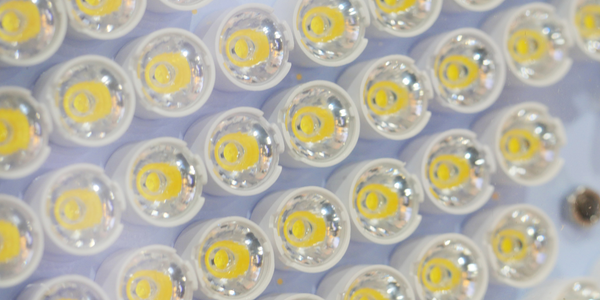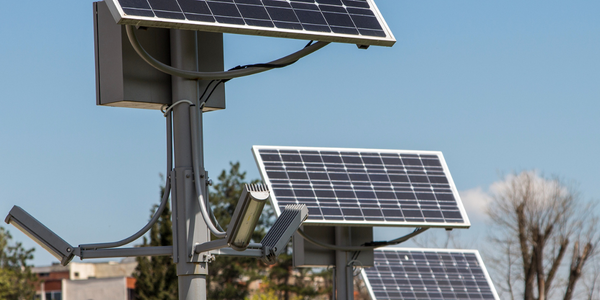Technology Category
- Sensors - Environmental Sensors
- Sensors - Optical Sensors
Applicable Functions
- Sales & Marketing
Use Cases
- Smart Lighting
About The Customer
Heineken is a globally recognized beer brand, known for its innovative marketing strategies and high-quality products. The company is constantly seeking ways to expand its market reach and appeal to new demographics. In this case, Heineken was targeting style-conscious males aged 18-35, aiming to become the alcoholic beverage of choice in bars and nightclubs around the world. The company wanted to launch a new product that would not only drive awareness and trial but also maintain a standout presence within this elite audience.
The Challenge
Heineken, a globally recognized beer brand, was looking to penetrate new distribution channels and access a more premium market. The company aimed to launch a new product that would not only drive awareness and trial but also maintain a standout presence within an elite audience, specifically style-conscious males aged 18-35. The challenge was to introduce a new brand idea that would become the alcoholic beverage of choice in bars and nightclubs around the world. The company needed a unique and innovative approach to capture the attention of this target audience and ensure the successful launch of the new product.
The Solution
Heineken decided to 'Light up the Night' with the world's first UV reactive bottle, the Heineken Star Trail (STR) bottle. The minimalist designed aluminium bottle comes to life under UV light, revealing the Heineken Star Trail and lighting up the bar at the point of purchase. To engage and educate the on-trade prior to its launch, the STR bottle was distributed in a bespoke premium capsule to Heineken ambassadors across the globe. Once the attention of local markets was secured, Heineken gained advocacy from bar and nightclub managers and their staff by educating them with 3 stage sales and activation toolkits. These toolkits included point of sale items, consumer promotions, and event inspiration. Celebrative events were used to bring the target audience together in a social environment and promote trial within venues in which they would make future purchases.
Operational Impact
Quantitative Benefit

Case Study missing?
Start adding your own!
Register with your work email and create a new case study profile for your business.
Related Case Studies.
.png)
Case Study
Smart Street Light Network (Copenhagen)
Key stakeholders are taking a comprehensive approach to rethinking smart city innovation. City leaders have collaborated through partnerships involving government, research institutions and solution providers. The Copenhagen Solutions Lab is one of the leading organizations at the forefront of this movement. By bringing together manufacturers with municipal buyers, the Copenhagen Solutions Lab has catalyzed the development and deployment of next-generation smart city innovations. Copenhagen is leveraging this unique approach to accelerate the implementation of smart city solutions. One of the primary focus areas is LED street lighting.
.png)
Case Study
Single Network for Multiple Smart Grid Services (ComEd)
With the passage of Energy Infrastructure Modernization Act (EIMA), ComEd was required to improve its overall system reliability. In order to reach the goals outlined in the law, ComEd decided to leverage a common network for multiple applications, including advanced metering infrastructure (AMI), distribution automation (DA) and smart city programs. With a modernized communications infrastructure, the utility would be able to increase grid reliability by identifying problems faster, optimizing business processes, automating problem resolution and reducing truck rolls.

Case Study
American Eagle Achieves LEED with GE LED Lighting Fixtures
American Eagle Outfitters (AEO) was in the process of building a new distribution center. The AEO facility management team decided to look at alternate options for lighting layout that could provide energy and maintenance savings. AEO would need a full-time maintenance employee just to replace burned-out fluorescent tubes.

Case Study
IoT Powering A New Way to Light Streets with Bifacial Solar Panels
When James Meringer’s commercial contracting business experienced a rapid increase in solar projects, he also saw an opportunity to extend the benefits of solar by using the bifacial solar panels he’d become familiar with in new ways. Bifacial solar panels enable sunlight from both sides of the panel, making it a more efficient harvest of solar power. Seeing the panel’s power, James and his team set out to use the same technology for street lighting. Until now, solar street lights have served as utilitarian solutions that force designers to choose between form and function. The Mira Bella Energy team has changed that.








.png)
